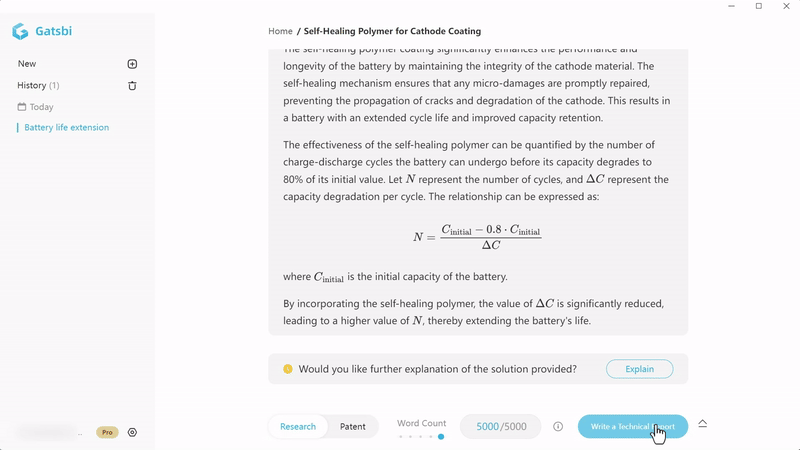Latest List of EI Compendex Source Journals
Last Updated July 2025
The latest EI Compendex source journal list (July 2025 edition) has just been released, bringing important updates for researchers, authors, and institutions worldwide.
According to the newest data, EI Compendex now indexes 5,703 journals and series, spanning a wide range of disciplines including engineering, computer science, mathematics, and materials science. Among these, 365 journals are from China, with 55 newly added titles in 2025 alone. At the same time, 217 journals have been discontinued, all of which have stopped publishing entirely.
Key Highlights from the 2025 EI Compendex List
- Total indexed sources: 5,703
- Journals: 4,427
- Book Series (Conference/Proceedings): 1,069
- Trade Journals: 207
- Chinese Journals: 365 indexed titles
- Discontinued Journals: 217 titles (all with ceased publication)
- Conference proceedings and other sources: 60
- Total indexed publications: 5,703 across all categories

1. Background and Importance of EI Compendex
- What is Ei Compendex?
Ei Compendex (Engineering Index) is one of the most authoritative and comprehensive literature and citation databases in the engineering and technology domains. It covers nearly all engineering disciplines, including aerospace, mechanical, computer science, electronics, civil, environmental, and more. - Academic Influence
Journals indexed by Ei Compendex generally exhibit high levels of academic quality and rigorous editorial standards. As a result, Ei Compendex serves as an important reference for global researchers aiming to publish or locate top-tier engineering articles. - Significance for Authors and Journals
- For Authors/Researchers: Publishing in EI-compendex-listed journals often grants broader international exposure and can be crucial for academic promotion, research funding applications, and networking.
- For Journals: Being indexed in Ei Compendex is a seal of quality and enhances a journal’s reputation, attracting more high-quality submissions and fostering a virtuous cycle of academic excellence.
2. What This Means for Authors
The EI Compendex source list is updated regularly, and these changes directly affect researchers who want to publish in indexed journals. Publishing in an EI-indexed journal ensures wider visibility, academic recognition, and better integration into global research networks.
However, authors must also be cautious. Journals that have been discontinued or are at risk of removal may no longer count toward indexing requirements, potentially affecting academic evaluations or funding applications.
For academics and research institutions, staying updated with the EI Compendex source list is essential. The addition of 55 new Chinese journals reflects the growing influence of Chinese research output, while the discontinuation of 217 titles reminds us of the importance of selecting stable and reputable publication venues.
If you’re planning to publish in 2025, make sure to consult the most recent Compendex list before submitting your work—your choice of journal could have a lasting impact on the visibility and recognition of your research.
3. Best Practices for Submitting Your Manuscript
- Keep Track of the Latest Indexing Lists
Major databases like Scopus, SCI, and Ei Compendex update their lists frequently. Keep an eye on official announcements, or consult your institution’s library for reliable updates. - Verify Journal Authenticity
- Check the Official Website: Don’t rely solely on third-party agencies. Visit the journal’s official site or the database’s official portal for confirmation.
- Verify ISSN: Different or multiple versions of a journal with a similar title may exist. Be certain you are dealing with the correct and legitimate publication.
- Review Peer-Review Guidelines: If the journal does not clearly outline its peer-review policies, has suspiciously short review times, or makes unclear fee requests, proceed with caution.
- Examine the Journal’s Reputation
Tap into academic forums, researcher communities, and social platforms to gauge a journal’s standing. Look out for red flags such as excessively rapid rejections or approvals, superficial review comments, or unreasonable publication fees. - Focus on the Quality of Your Research
Regardless of the journal you choose, prioritize producing robust, original research. A well-designed study, accompanied by thorough experimentation and comprehensive literature review, greatly enhances your chances of acceptance and higher impact.
4. Conclusion
The 2025 EI Compendex Source Journal List release highlights the continued rise of Chinese academic quality and global impact. The inclusion of 55 new Chinese journals is a testament to the efforts of local academic communities and publishers. Meanwhile, the removal of certain underperforming or unethical journals reminds us of the importance of maintaining high publication standards and vigilant journal selection.
As academic ecosystems grow more complex, researchers should stay updated on any changes to journal listings and remain vigilant against predatory practices. By adhering to rigorous research and publication ethics, we can continue strengthening the integrity and impact of scholarly communications worldwide.
Tip: Before you submit your manuscript, always verify a journal’s current indexing status via the database’s official website or through your institution’s library. This simple step can prevent unnecessary delays and lost effort.
Wishing everyone success in your academic journey! Here’s hoping your research papers earn the recognition they deserve in the year ahead.